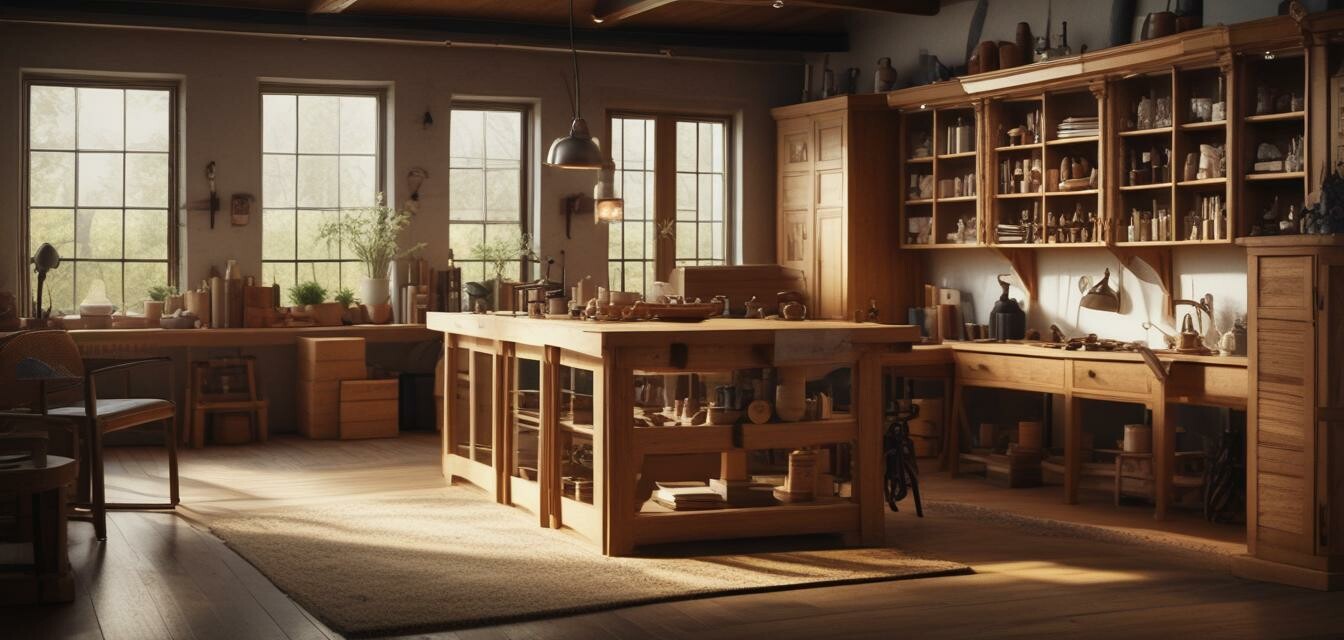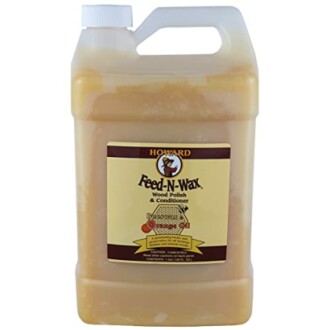
Selecting the Right Finish for Your Wood Project
- Understanding wood finishes is essential for enhancing the natural beauty of your projects.
- Different finishes provide varying levels of protection and aesthetic appeal.
- Preparation is key to achieving the best results with your chosen finish.
- Test finishes on sample wood to see how they look before applying.
When it comes to woodworking, the finish you choose can make all the difference in the overall appearance and durability of your project. This comprehensive guide will help you navigate the various types of wood finishes available, their applications, and tips on how to select the right one for your specific project needs. From enhancing the natural grain of the wood to providing robust protection against wear and tear, each finish has its unique attributes.
Understanding Wood Finishes
Wood finishes are substances applied to wood to preserve and enhance its appearance and longevity. They can be categorized into three main types: clear finishes, colored finishes, and stains. Each serves different purposes and is suitable for various applications.
Types of Wood Finishes
| Finish Type | Characteristics | Best Where |
|---|---|---|
| Clear Finishes | Enhances the wood grain and provides a protective layer. | Furniture, cabinetry, and visible woodwork. |
| Colored Finishes | Adds color while still showcasing the wood grain. | Decorative pieces, artistic projects. |
| Stains | Pigmented products that change the color of the wood. | All types of wood surfaces. |
Clear Finishes: Enhancing Beauty
Clear finishes, such as varnishes and polyurethanes, are ideal for woodworking projects where you want to let the natural beauty of the wood shine through. They provide protection against scratches, moisture, and UV rays.
HOWARD - Feed-N-Wax Wood Polish
Enhance, protect, and restore your wood surfaces with this natural wood polish. Perfect for furniture, trim, and woodwork.
Learn MoreColored Finishes: Making a Statement
Colored finishes allow you to transform the appearance of your projects, adding a personal touch. These finishes can create dramatic effects and can be used creatively to highlight specific features of your woodworking.
Stains: Enhancing Wood Tones
Stains penetrate the wood, providing color while still allowing the grain to show through. They can be a great choice for achieving a specific look, but it's crucial to test on scrap wood to ensure you achieve the desired outcome.
Choosing the Right Finish
Here are some factors to consider when selecting the right finish for your wood project:
- Project Purpose: Consider how the piece will be used. Furniture may require a more durable finish than a decorative item.
- Wood Type: Different woods absorb finishes differently; some may require different types of treatment.
- Desired Appearance: Decide if you want a natural look, color enhancement, or full-color change.
- Environment: Think about where the project will be placed, as certain finishes perform better in different environments.
Preparation and Application Tips
Achieving a professional-looking finish involves proper preparation and application. Here’s how to get started:
- Prepare the Surface: Sand the wood thoroughly to ensure smoothness, starting with coarse grit and progressing to finer grits.
- Clean the Wood: Remove any dust or debris with a damp cloth or tack cloth.
- Test Finish: Always conduct a test on a scrap piece to see how the finish looks when applied.
- Apply Even Coats: Use a brush or cloth to apply thin, even coats of finish, allowing each coat to dry fully before applying the next.
- Sand Between Coats: Lightly sand between coats to ensure a smooth finish.
Common Mistakes to Avoid
- Skipping Surface Prep: Proper sanding and cleaning are essential for a good bond.
- Over-applying Finish: Thick coats can lead to runs and uneven surfaces.
- No Testing: Failing to test finishes may result in unwanted colors or finishes on your project.
Conclusion
Selecting the right finish for your wood project is crucial for achieving the desired look and durability. Understanding the various types of finishes and their applications will empower you to make informed decisions, ensuring your pieces look beautiful and last for years to come. Whether you're working on furniture, decorative items, or functional pieces, follow the preparation tips and avoid common mistakes to achieve a professional result.
Pros
- Enhances wood grain visibility
- Protective coatings extend wood life
- Variety of finishes available for different aesthetics
Cons
- Requires careful application to avoid issues
- Some finishes may yellow over time
- Can be challenging to remove older finishes
Further Resources
For additional guidance, here are some articles that may help you with your woodworking journey:
- Finishing and staining wood projects
- Wood types and their uses
- DIY project ideas for all skill levels
- Best woodworking tools for beginners
- Essential woodworking safety gear




